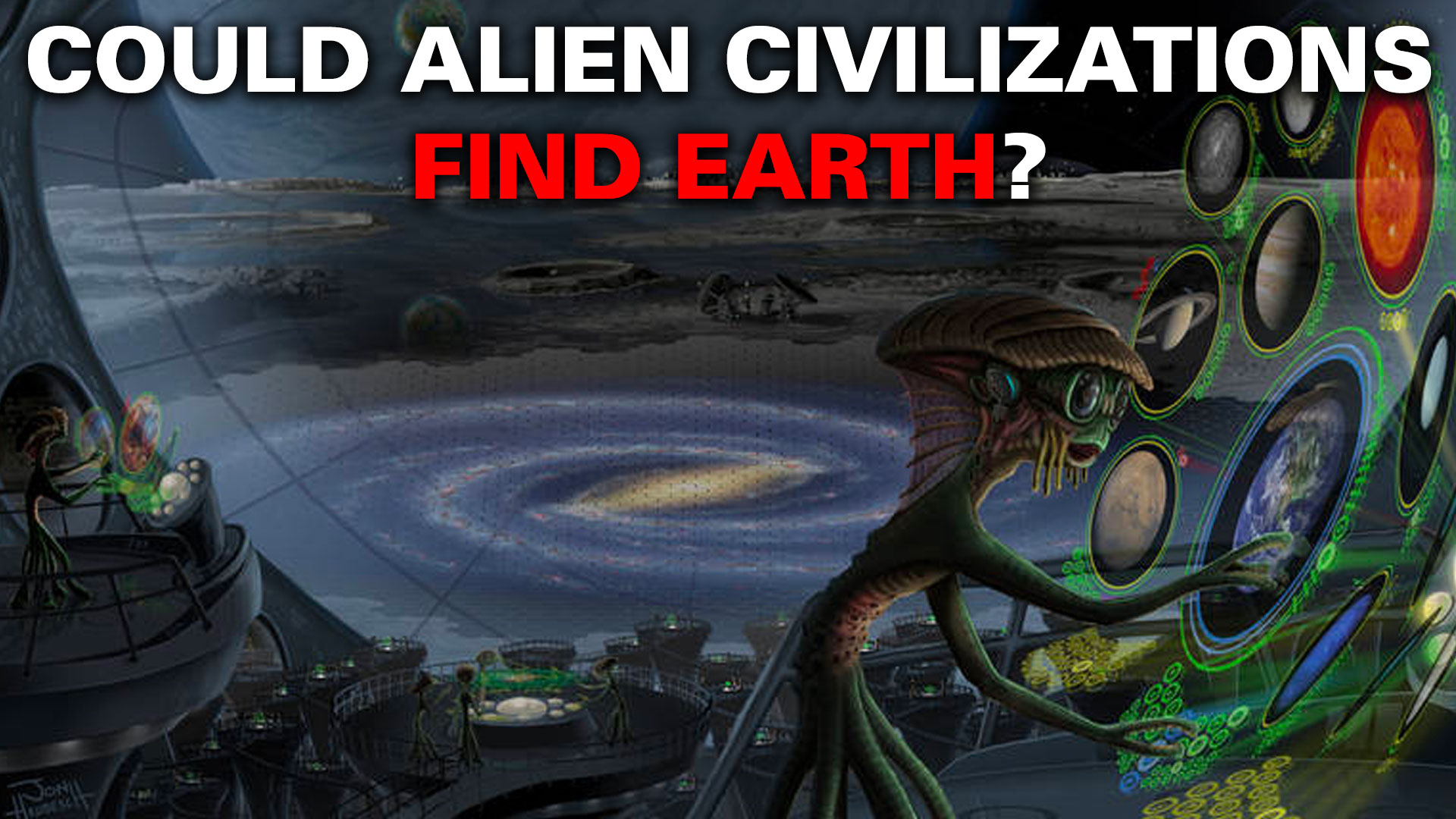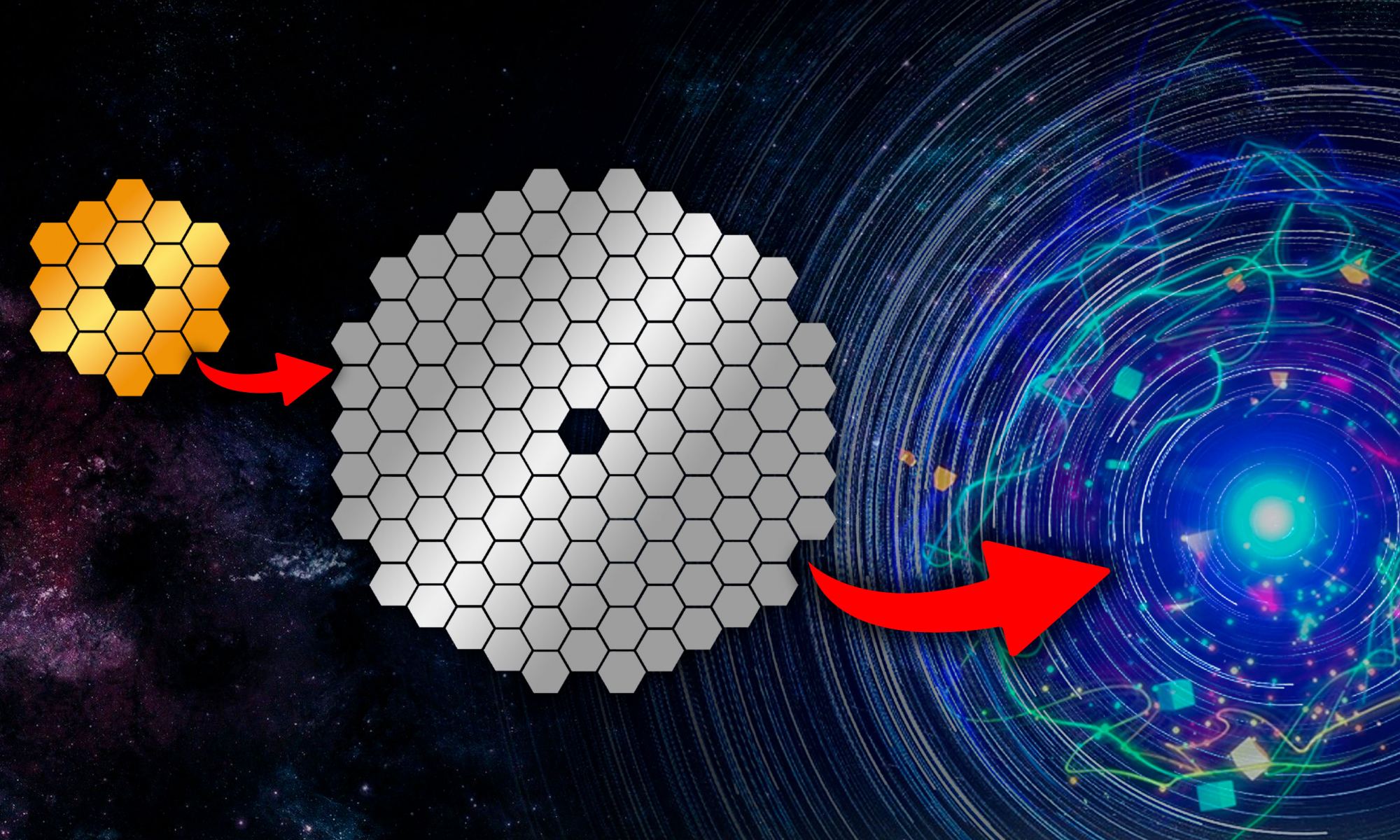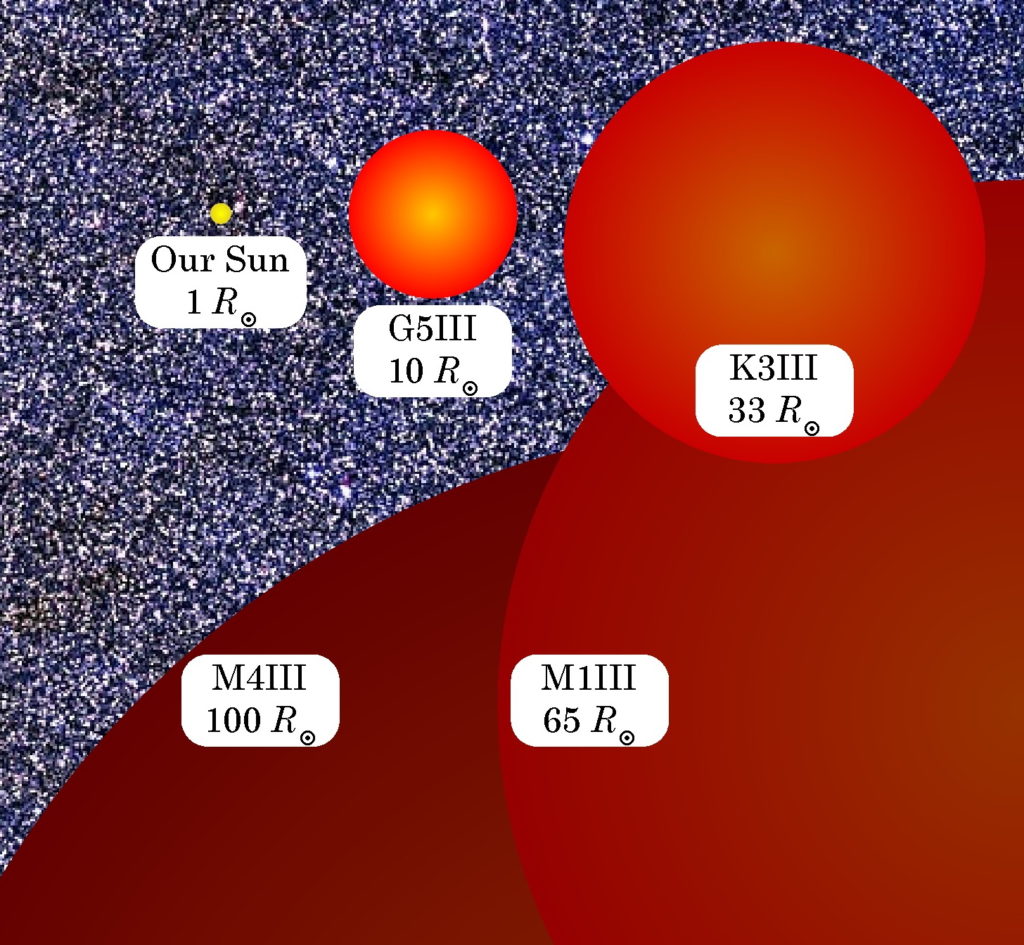For astronomers, one of the greatest challenges is capturing images of objects and phenomena that are difficult to see using optical (or visible light) telescopes. This problem has been largely addressed by interferometry, a technique where multiple telescopes gather signals, which is then combined to create a more complete picture. Examples include the Event Horizon Telescope, which relies on observatories from around the world to capture the first images of the supermassive black hole (SMBH) at the center of the M87 galaxy, and of Sagittarius A* at the center of the Milky Way.
That being said, classic interferometry requires that optical links be maintained between observatories, which imposes limitations and can lead to drastically increased costs. In a recent study, a team of astrophysicists and theoretical physicists proposed how these limitations could be overcome by relying on quantum mechanics. Rather than relying on optical links, they propose how the principle of quantum entanglements could be used to share photons between observatories. This technique is part of a growing field of research that could lead to “quantum telescopes” someday.
Continue reading “Are We Entering the Era of Quantum Telescopes?”










